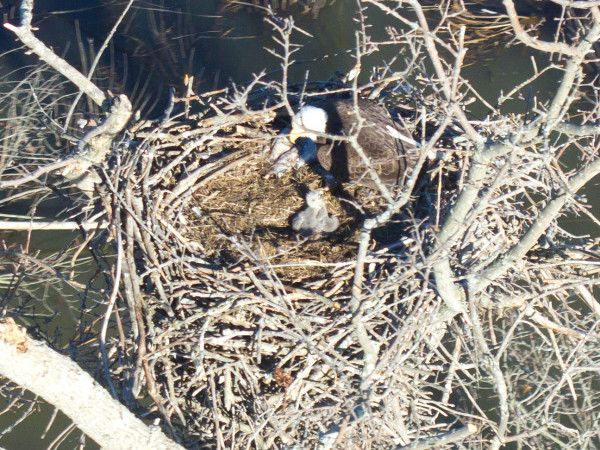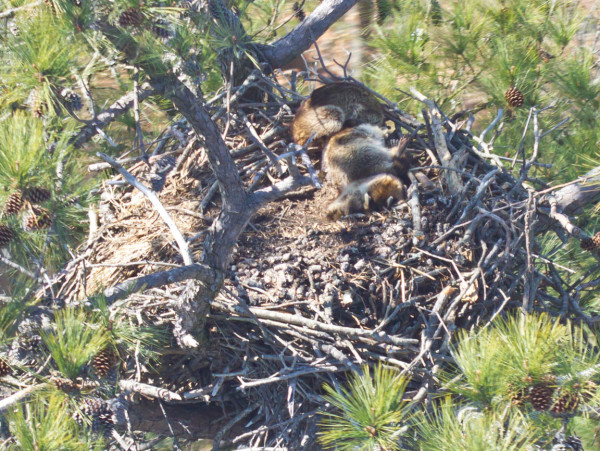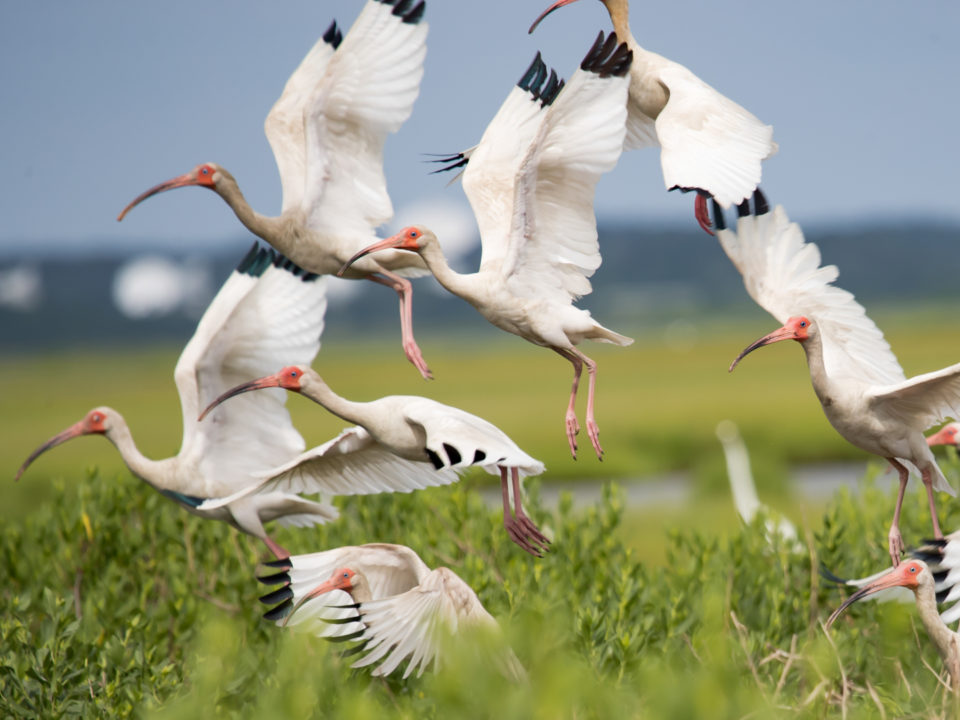38 years and counting
Camellia Returns to Chesapeake 2/23/2014
February 24, 2014Camellia Returns to Princess Anne Country Club Feb 27 2014
February 27, 2014
When Mitchell Byrd took over the annual bald eagle survey for the state of Virginia, disco was king, the Dow Jones Industrial Average was just over 800 and France still employed the guillotine to carry out capital punishment. Dr. Byrd is now 85 ½ and the Bee Gees have long since gone the way of the leisure suit, but through all of the intervening years his commitment to bald eagles has never diminished. With the beginning of the 2014 flights in early March, Byrd will mark the 38th year of his involvement in the aerial survey.
The annual bald eagle assessment involves two rounds of flights. The survey round begins in early March and involves the systematic flying of all tributaries to check nests known from previous years and to map new nests constructed since the last breeding season. The productivity round is conducted in late April and involves flying to each nest and counting the number of chicks produced. This two-pronged survey monitors the number of breeding pairs, their distribution, and their breeding success.

Adult eagle with a stash of fish feeding a chick along the James River. Photo by Bryan Watts.
Armed with a stack of topographic maps for plotting nests, a stack of datasheets for recording survey information, and a supply of number 2 pencils, Dr. Byrd sits in the front of the plane ready for eight hours of banks, dives, and pulling G’s. Gone are the lazy flying days when nests were rare and a day’s flying could be recorded on a single sheet. The tremendous population recovery has made for intense flying where 100 nests may be checked before breaking for lunch.
Mitchell Byrd (lft), Captain Fuzzzo Shermer (rt) and Bryan Watts (back) flying a productivity flight along the Rappahannock River. The productivity flight goes nest to nest checking breeding success and counting young in the nest.
There are no complaints about the increased workload. Still fresh are the memories of long, heart-breaking flights without finding a single nest. For the first two years of the survey there were no eagle pairs remaining along the entire James River. The 2013 survey along this historic drainage documented 205 pairs that produced 267 young. It has been a great 38 years.

Three raccoons slumbering in an eagle nest along the Chickahominy River. In addition to documenting chick production, the survey has also documented the frequency of nest use by other species. Photo by Bryan Watts.
Written by Bryan Watts | bdwatt@wm.edu | (757) 221-2247
February 26, 2014
Related posts
Two whimbrels, including an adult (foreground) that exhibits worn body plumage, especially along the scapular region, and a juvenile (background) with fresher plumage. CCB collaborated with eBird and used photographs like these to better understand differences in migration patterns between adults and juveniles at migratory stopover sites in the eastern United States. Photo credit: Macaulay Library (ML116488021)



